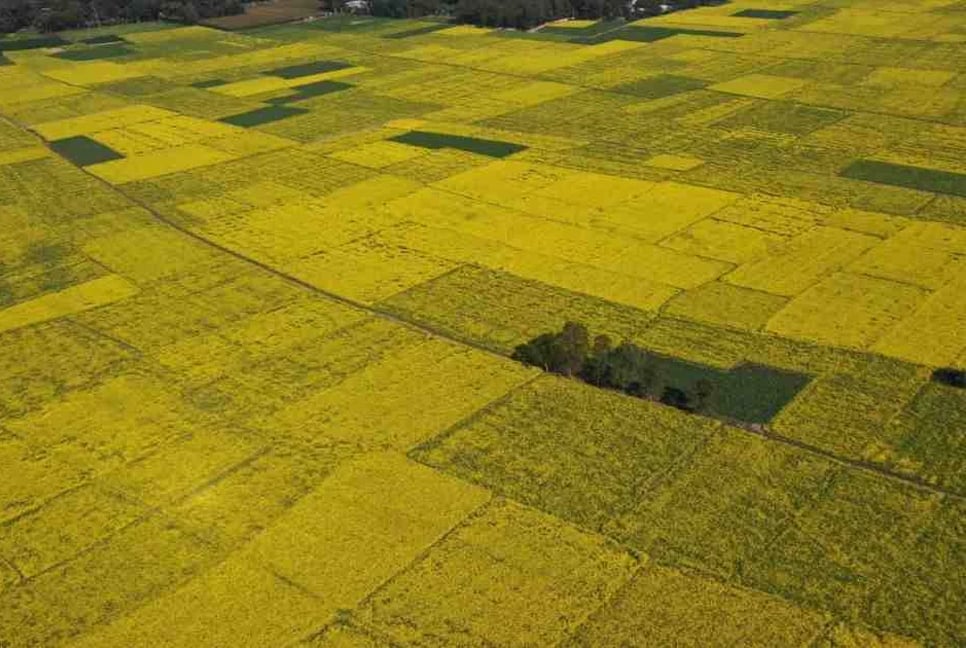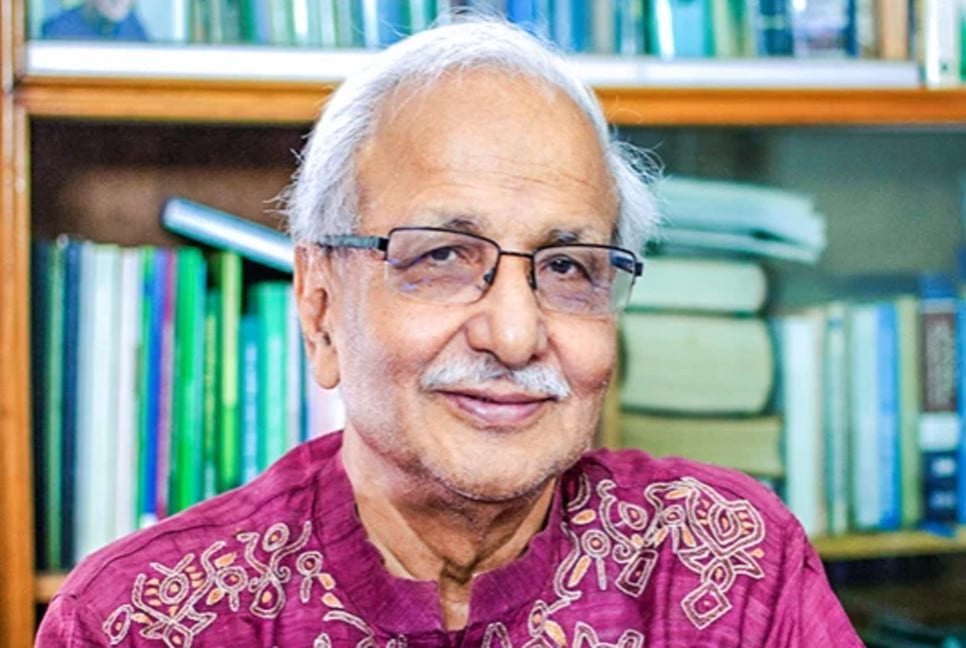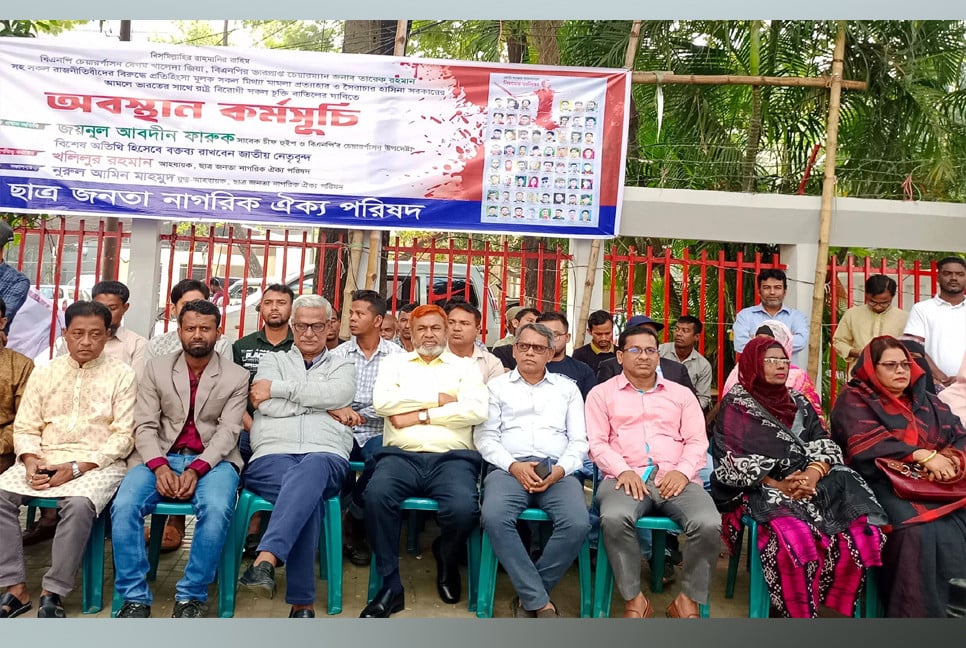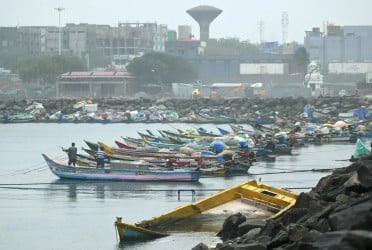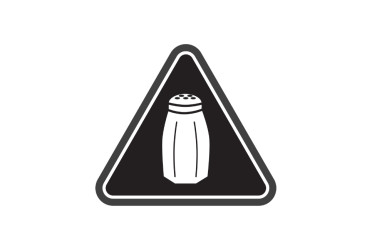The agriculture ministry is implementing a three-year action plan to produce 40 percent of the local demand for edible oil, reports UNB.
As part of the plan, mustard cultivation in the country has been amped up by 2 lakh hectares in the first year and production has increased by 335,000 metric tonnes, according to a press release from the ministry.
During this time, 121,000 MT more mustard oil has been produced. As per the agriculture ministry, if the price of mustard oil is calculated at Tk 250 per litre, the production has increased by about Tk 3,000 crore worth in a year.
According to the Department of Agricultural Extension, mustard was sown on 610,000 hectares of land last year, this year it was 812,000 hectares. Last year, 824,000 MT were produced, this year it was 11,52,000 MT. Production has increased by 40 percent in one year.
The demand for edible oil in the country is about 24 lakh tonnes annually. Of this, only 300,000 tonnes are produced locally from mustard, sesame and sunflower, which is 12 percent of the demand. The rest of the edible oil has to be imported. Therefore, the Ministry of Agriculture is implementing a three-year action plan to reduce the import dependence for edible oil.
According to the plan, 1 million tonnes of oil will be produced locally in the next fiscal year 2024-25 without reducing the production of rice, which is 40 percent of the local demand. As a result, it will be possible to save about Tk 10,000 crore on oil imports.
According to the action plan, the cultivation of crops including mustard, sesame, almond, soybean, sunflower will be increased by three times from the present 860,000 hectares to 23,60,000 hectares in the fiscal 2024-25. The production of oil crops will be increased to 2.9 million tonnes from the current 1.2 million tonnes and the production of oil will be increased to 10 lakh tonnes from the current 3 lakh tonnes.
Three things are being given importance to achieve this goal. The first is to increase productivity.
Secondly, traditionally uncultivated areas like coastal, haor and hilly areas are being brought under the cultivation of oilseed crops.
Thirdly, mustard is being cultivated as an additional crop between Ropa Aman and Boro by cultivating short-lived rice in the new crop format.
In addition, various incentives are being given to the farmers through the oilseed crop production enhancement project to achieve the target. As a result, mustard cultivation has increased on about 200,000 hectares of land in the first year.
Bd-pratidin English/Tanvir Raihan

